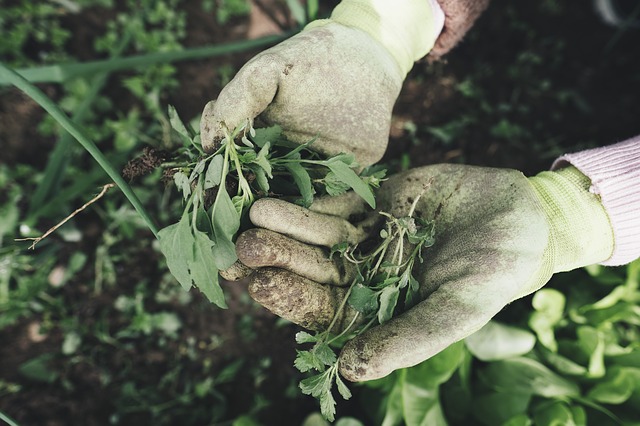Five Reasons You Should Wear Gardening Gloves

Soils contain a wide range of bacteria and fungi, a large portion of which are good for plants and do accommodating things like breaking down organic matter. In any case, just as there are pathogenic bacteria organisms that live on your body in the midst of the useful ones, a few microorganisms in soil can cause genuine harm when given the chance to enter the body. This normally occurs through cuts, scratches or splinters. Plants, animal manure, and compost are additionally wellsprings of bacteria and parasites that can cause diseases.
1. Rose gardener’s disease
A relatively rare infection is sporotrichosis, “rose gardener’s disease”, caused by a fungus (Sporothrix) that lives in soil and plant matter such as rose bushes and hay. Again, infections through skin cuts are most common, but inhalation can also occur. Skin infection leads to a small bump up to 12 weeks later, which grows bigger and may develop into an open sore.
Aspergillus, usually Aspergillus fumigatus, and Cryptococcus neoformans are other fungi that can cause lung infections when inhaled, usually in people with weakened immune systems. Gardening activities such as turning over moist compost can release spores into the air.
2. Tetanus
Traditionally, the most common and well-known infection is tetanus, caused by Clostridium tetani, which lives in soil and manure. Infections occur through contamination of cuts and scrapes caused by things in contact with the soil, such as garden tools or rose thorns.
Fortunately, most people have been vaccinated against tetanus, which means even if you are infected, your body is able to fight back against the bacteria to prevent it becoming serious. Symptoms include weakness, stiffness and cramps, with the toxins released leading to muscular paralysis and difficulty chewing and swallowing – hence the common term for tetanus of lockjaw.
3. Legionellosis
Standing pools of water may hold Legionella pneumophila, the bacteria causing Legionnaires’ disease, more commonly known to be associated with outbreaks from contaminated air conditioning systems in buildings. Related bacteria, Legionella longbeachae, are found in soil and compost.
The bacteria is usually inhaled, so wearing a dust mask when handling potting soil and dampening the soil to prevent dust are recommended.
4. Sepsis
Bacteria such as Escherichia coli, Salmonella, Campylobacter jejuni, and Listeria monocytogenes are often present in gardens as a result of using cow, horse, chicken or other animal manure. Bacterial infections can lead to sepsis, where the bacteria enter the blood and rapidly grow, causing the body to respond with an inflammatory response that causes septic shock, organ failure, and, if not treated quickly enough, death.
5. Melioidosis
An additional concern for residents of northern Australia is an infection called melioidosis. These bacteria (Burkholderia pseudomallei) live in the soil but end up on the surface and in puddles after rain, entering the body through cuts or grazes, and sometimes through inhalation or drinking groundwater.
Infection causes a range of symptoms, such as cough and difficulty breathing, fever or sporadic fever, confusion, headache, and weight loss, with up to 21 days before these develop.
Enjoy your time in the garden, but wear gloves and shoes, and a dust mask if handling potting soil or compost. And be aware if you do get a cut or scrape then end up with signs of infection, don’t delay seeing your doctor, and make sure you let them know what you’ve been doing.
Source: theconversation.com



1 Comment
Mike · February 7, 2018 at 2:29 am
But then you don’t get this
https://bestplants.com/how-dirt-makes-you-happy-antidepressant-microbes-in-soil-the-new-prozac/
Comments are closed.